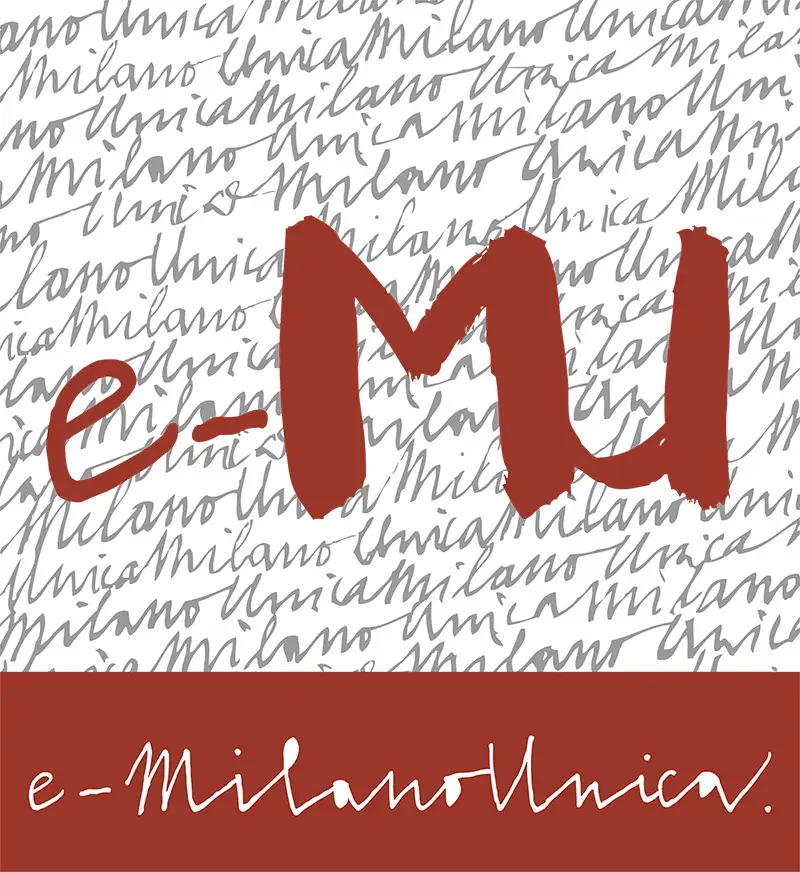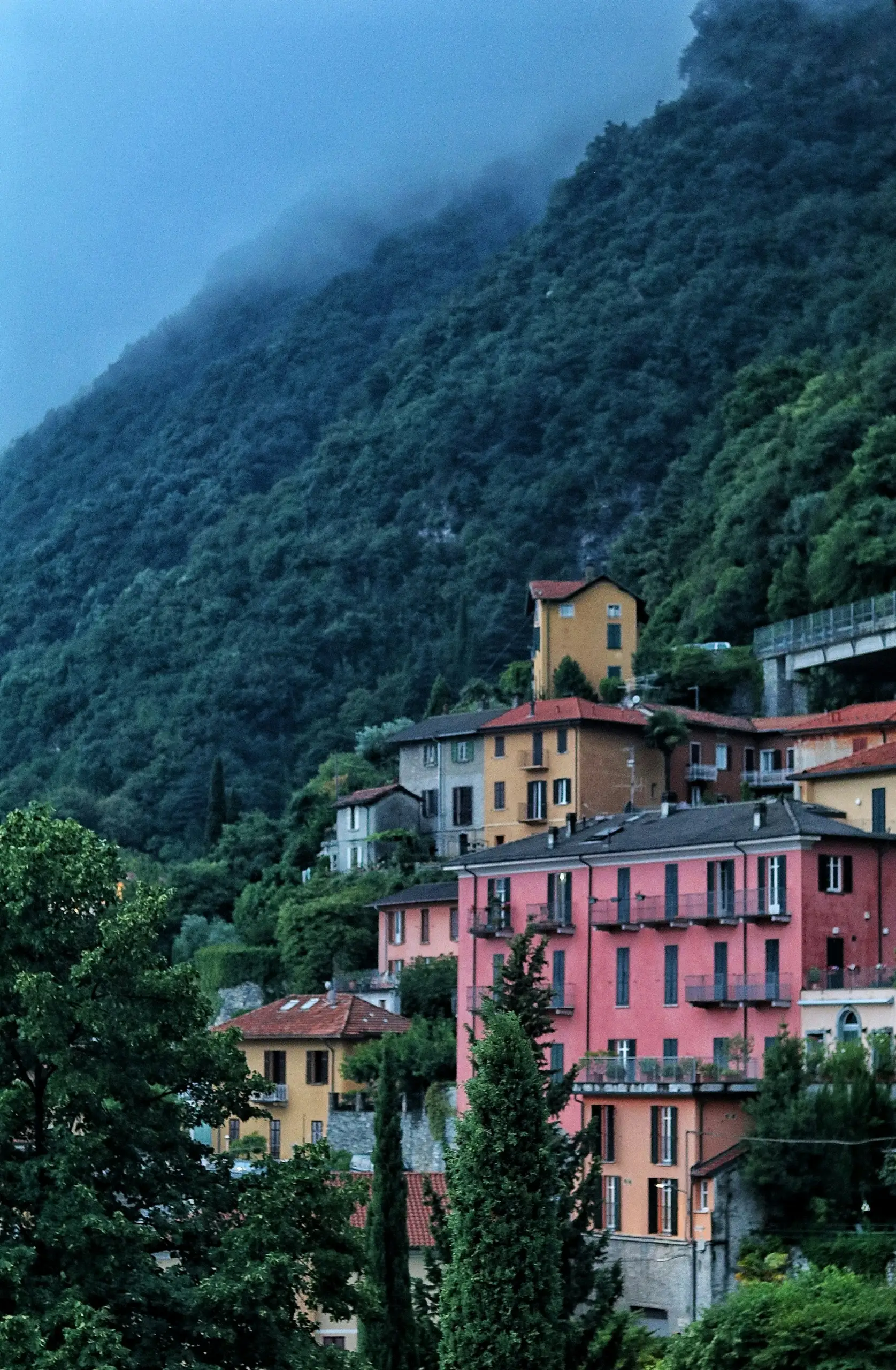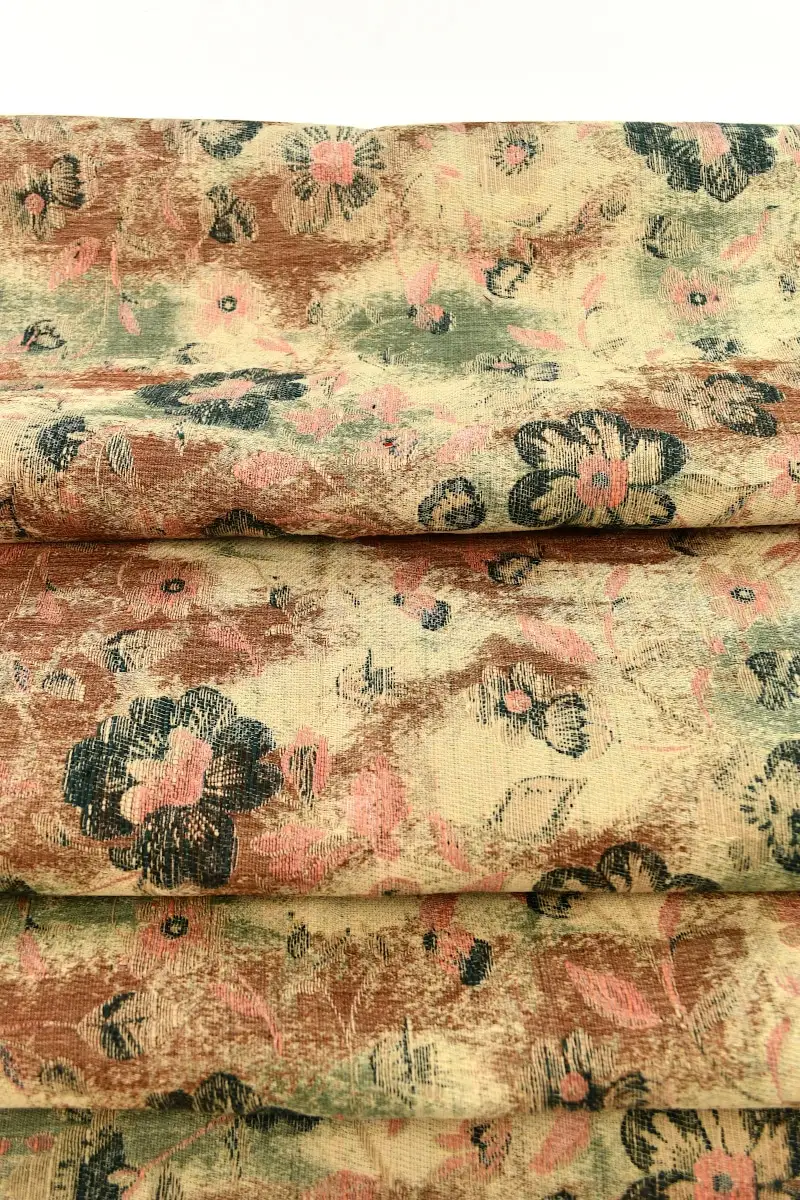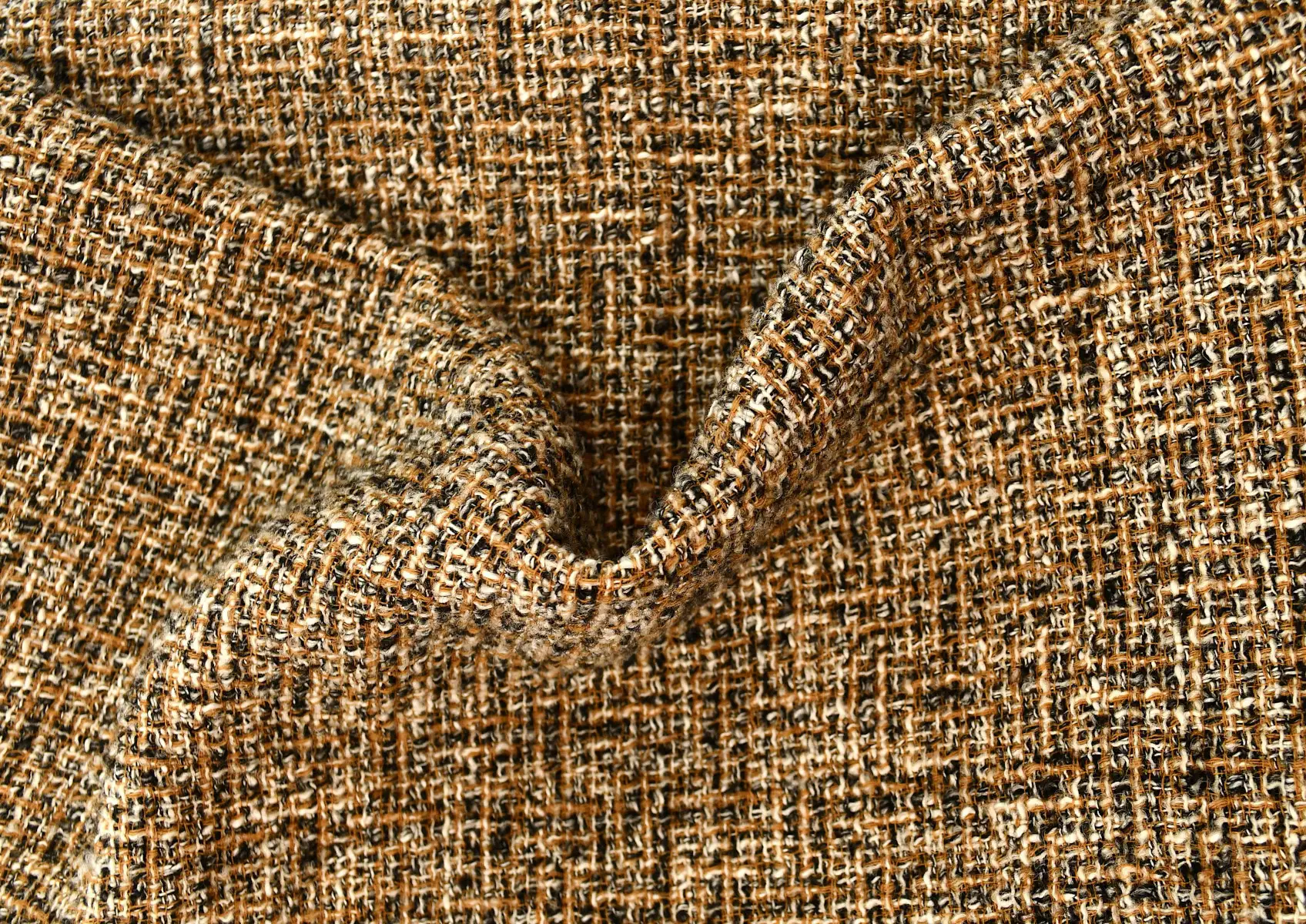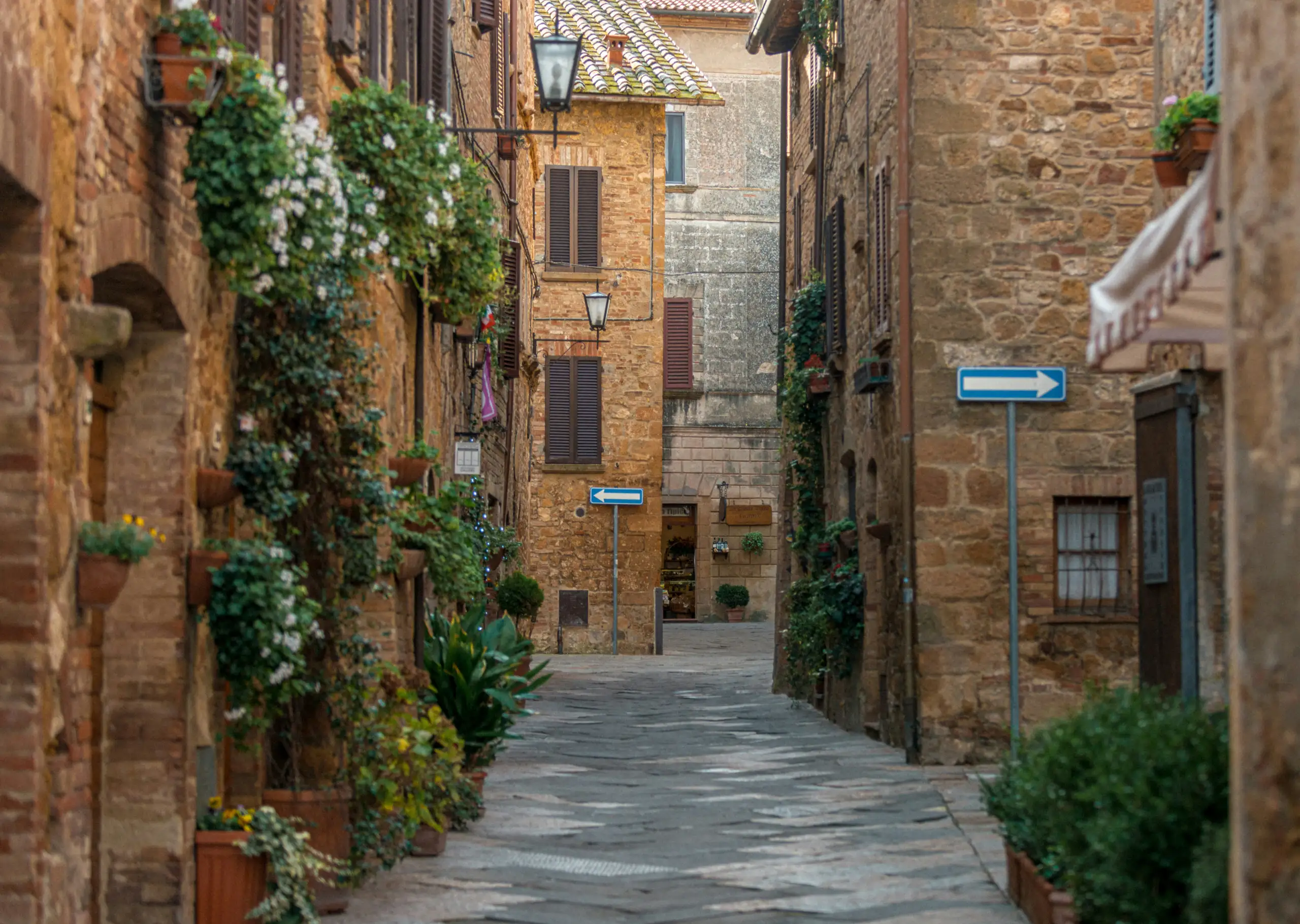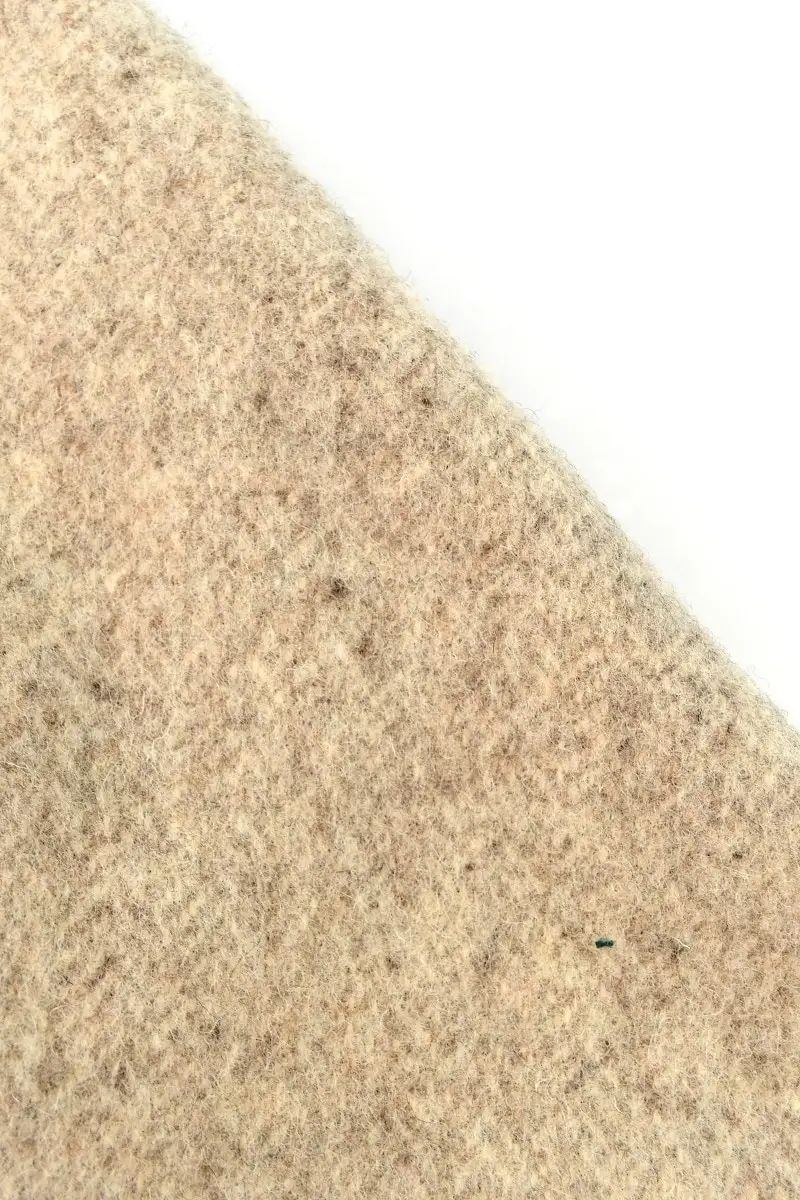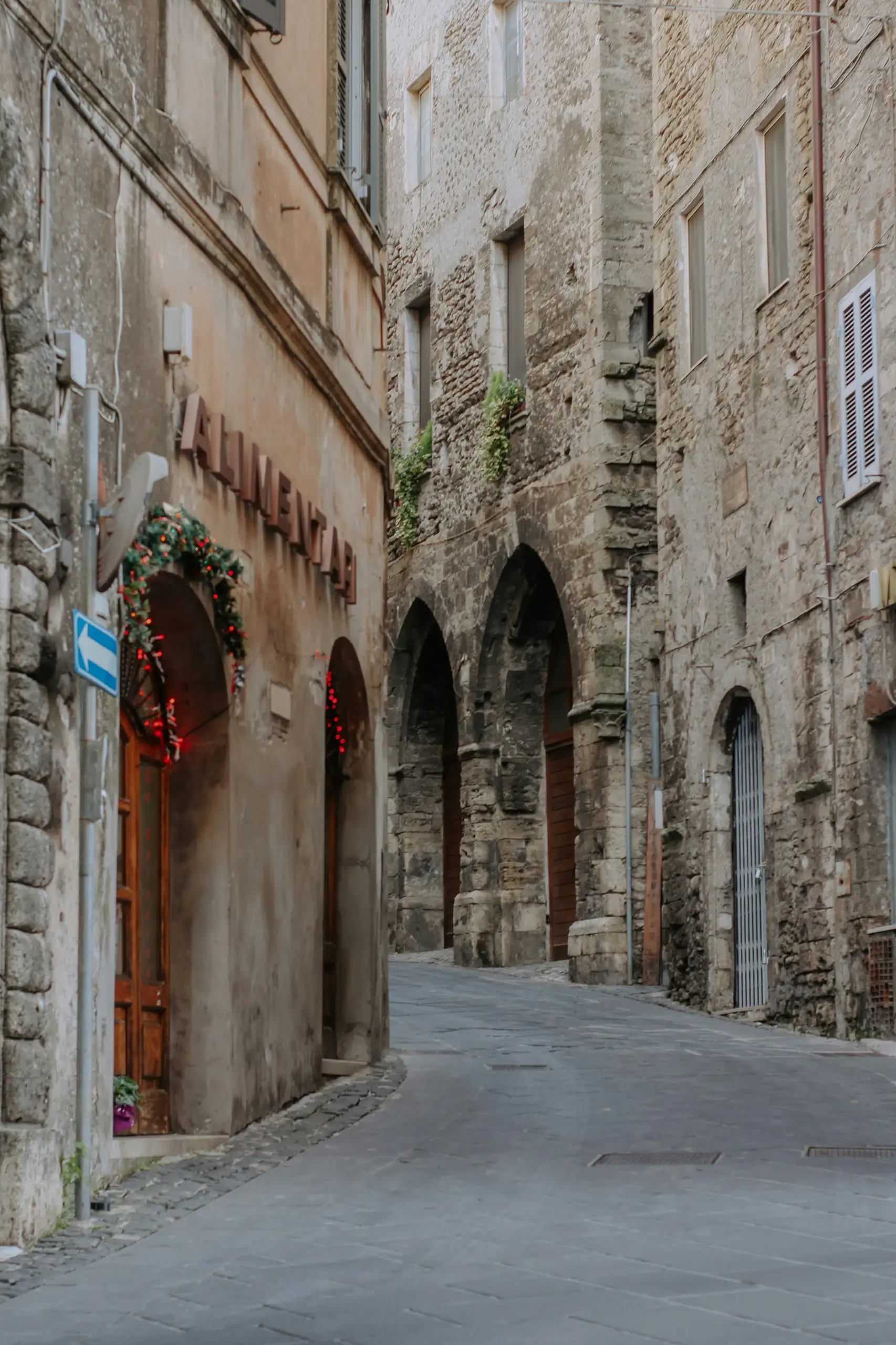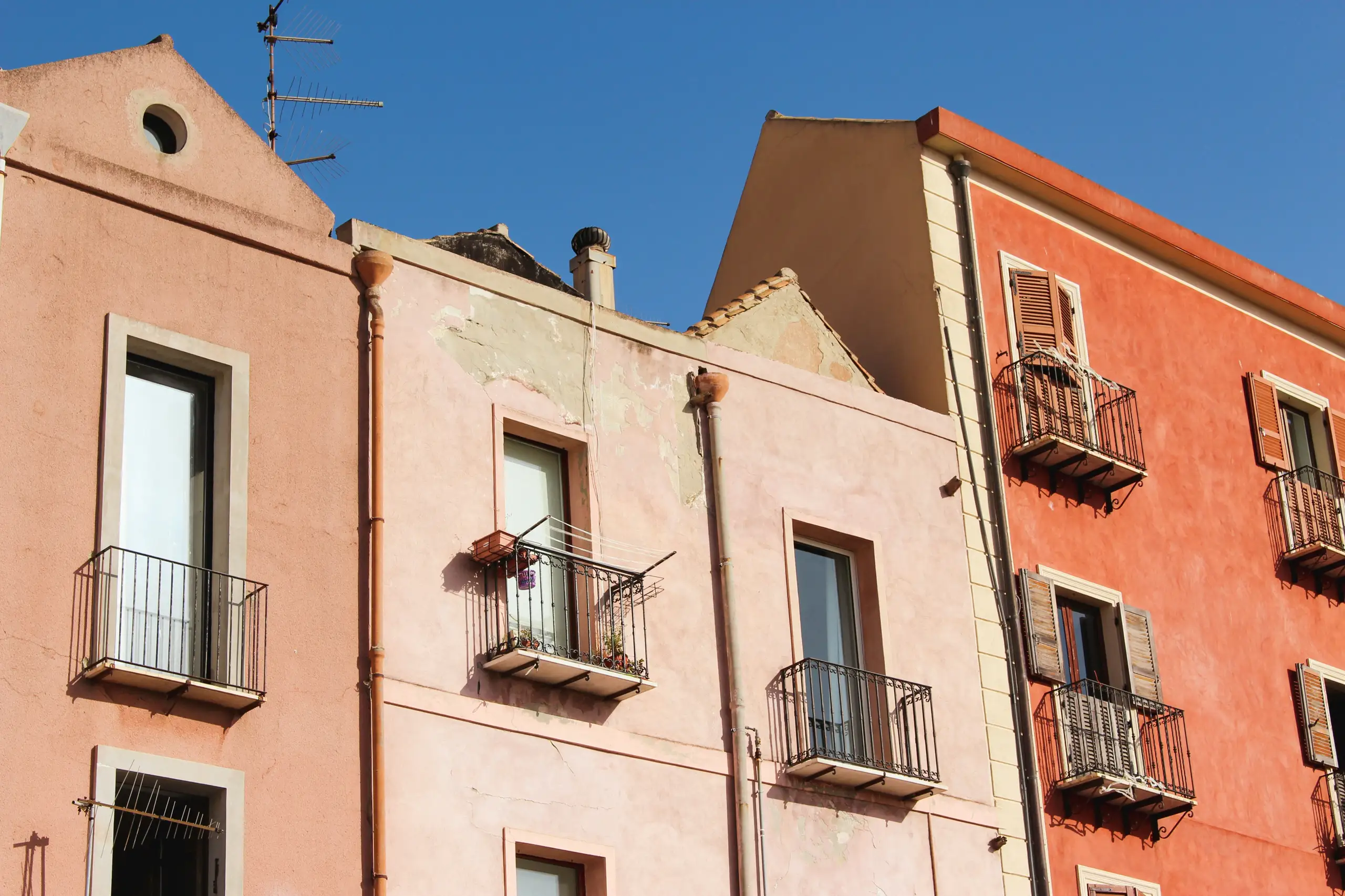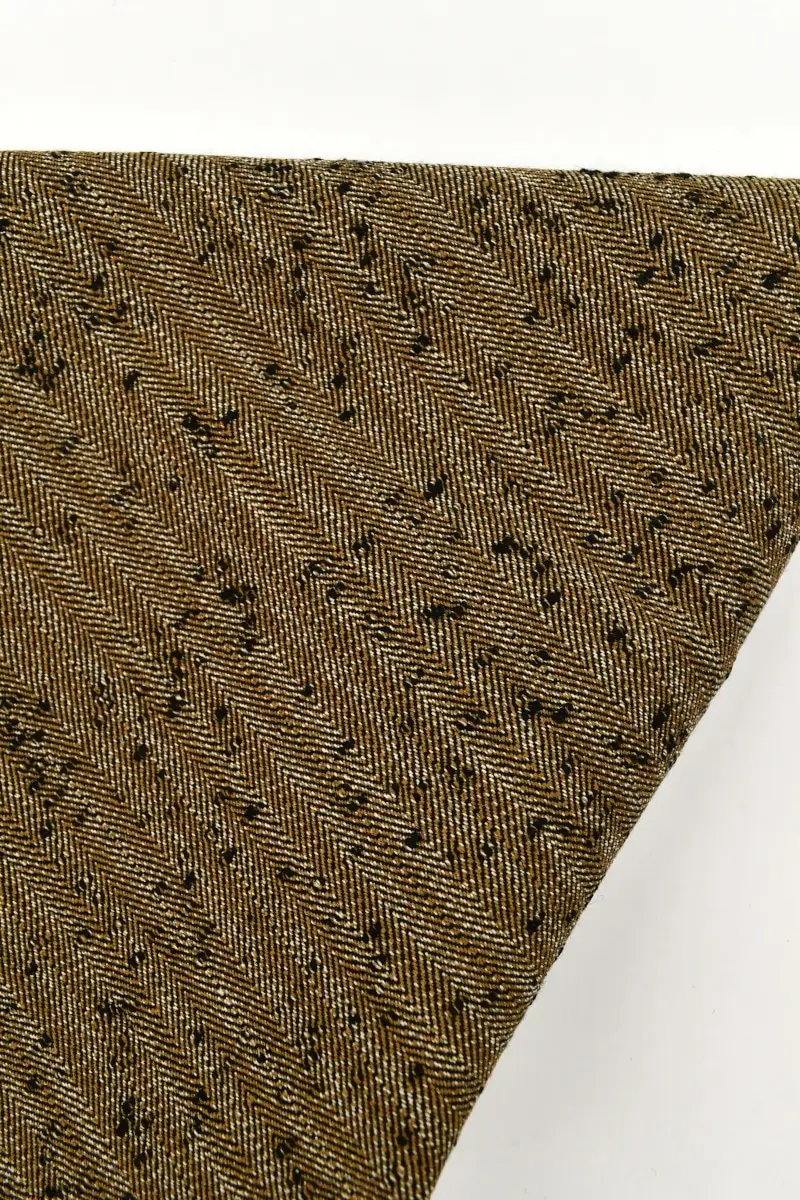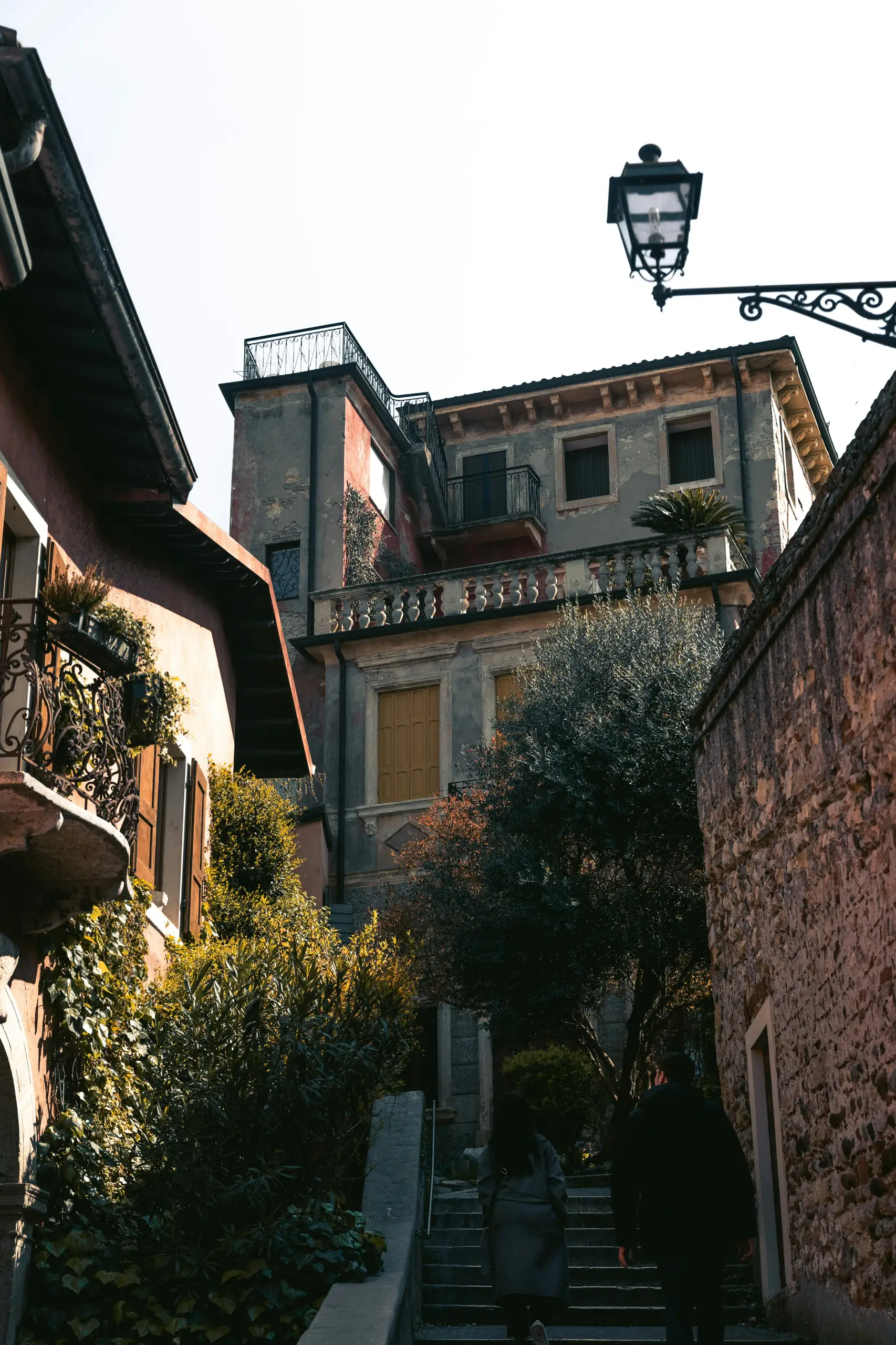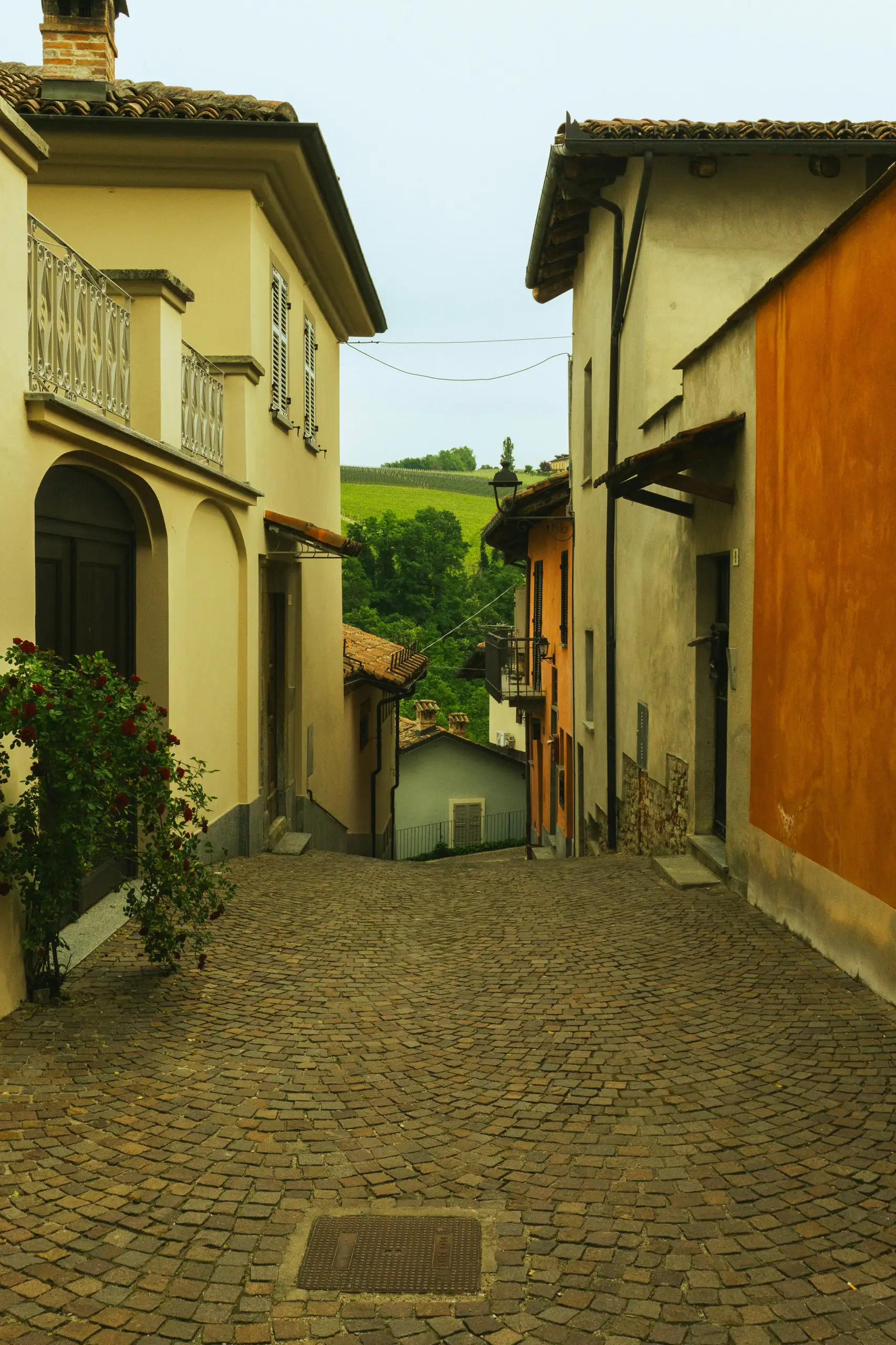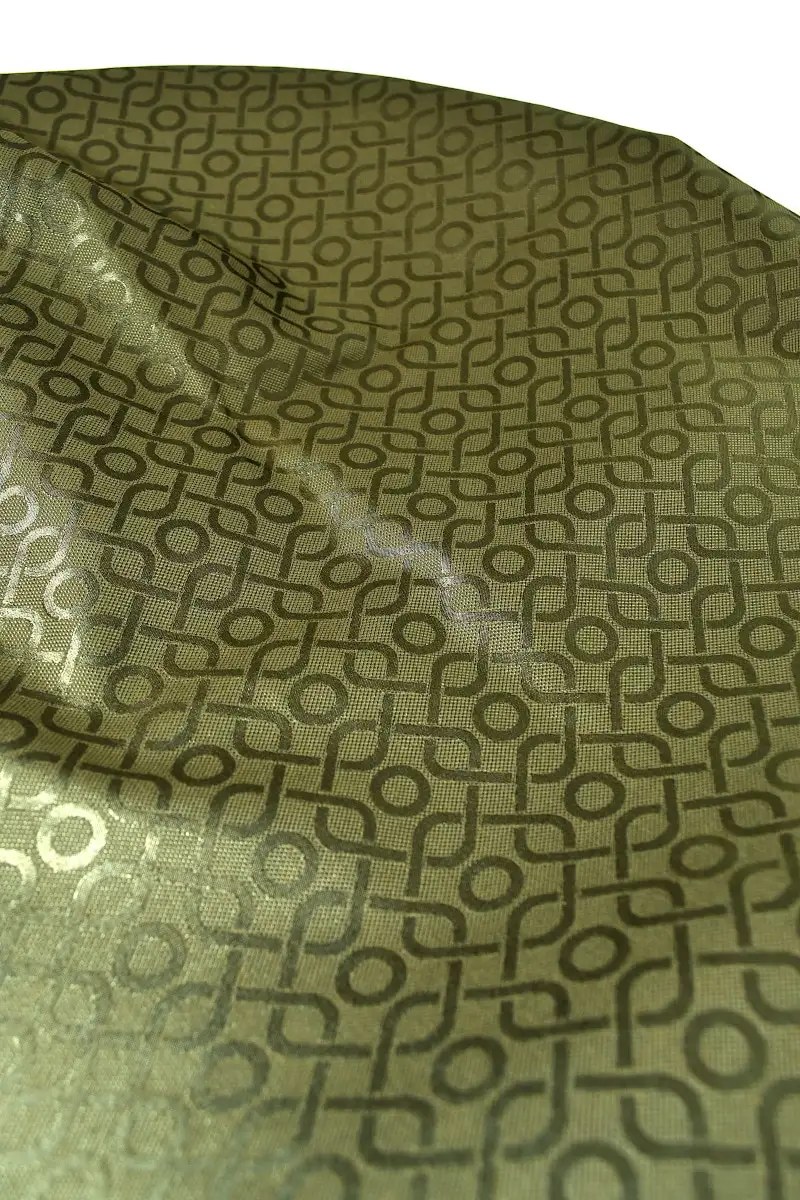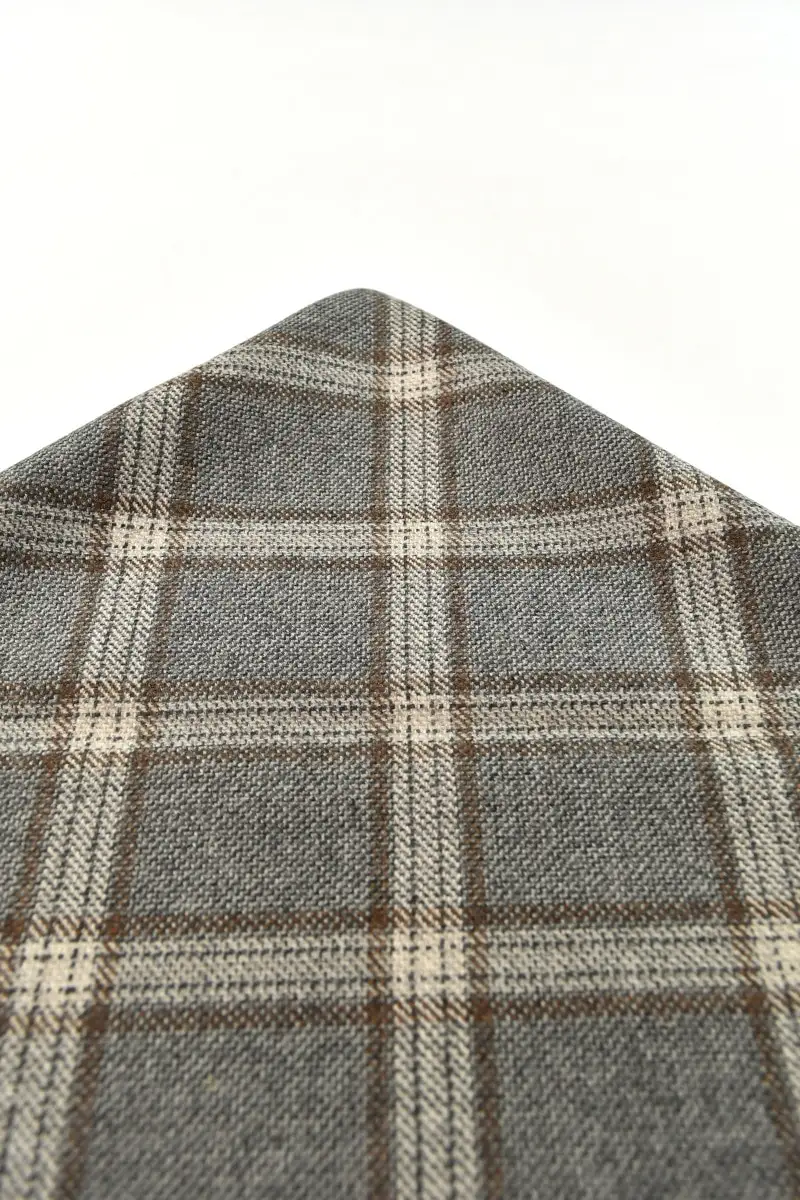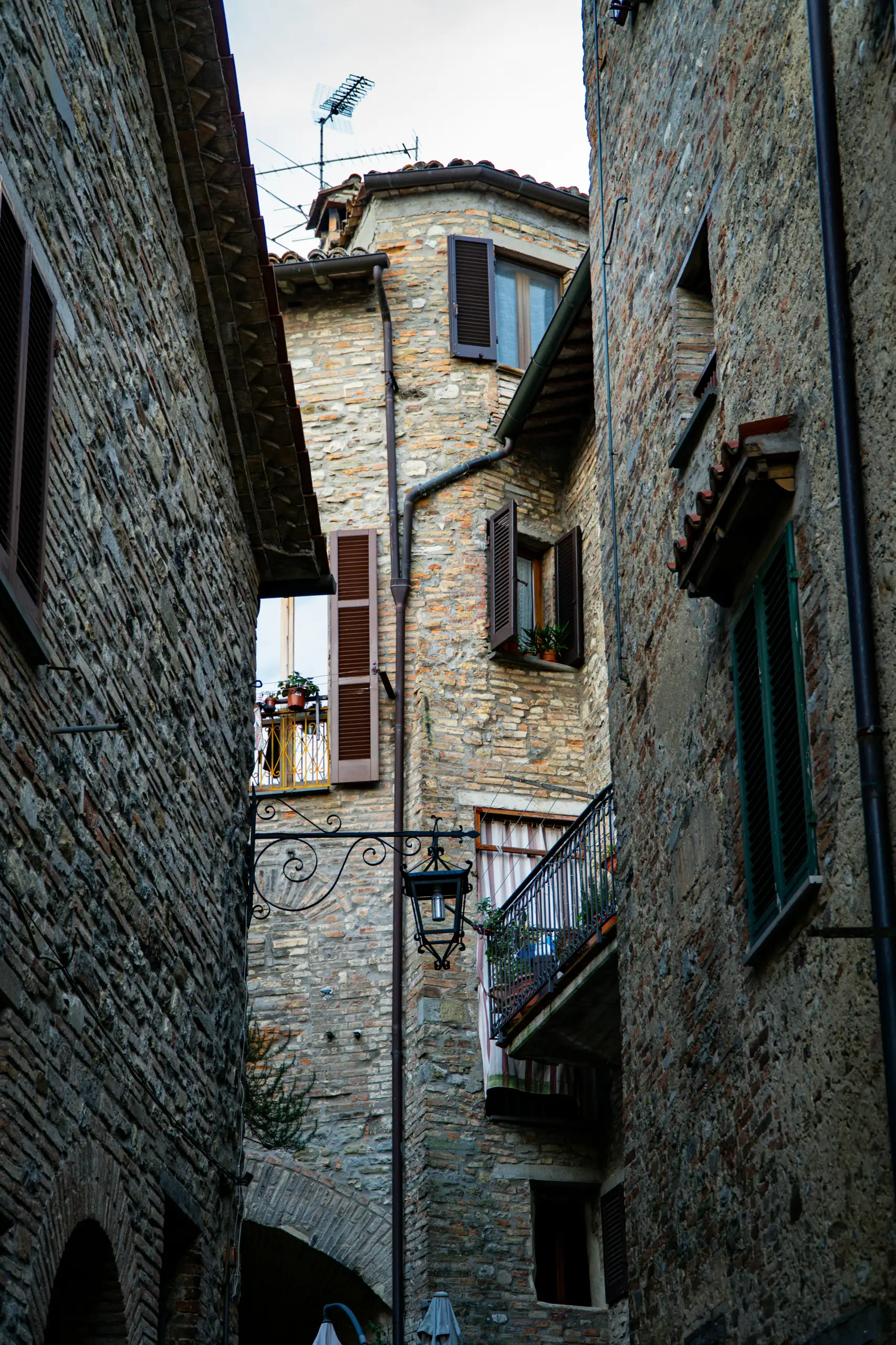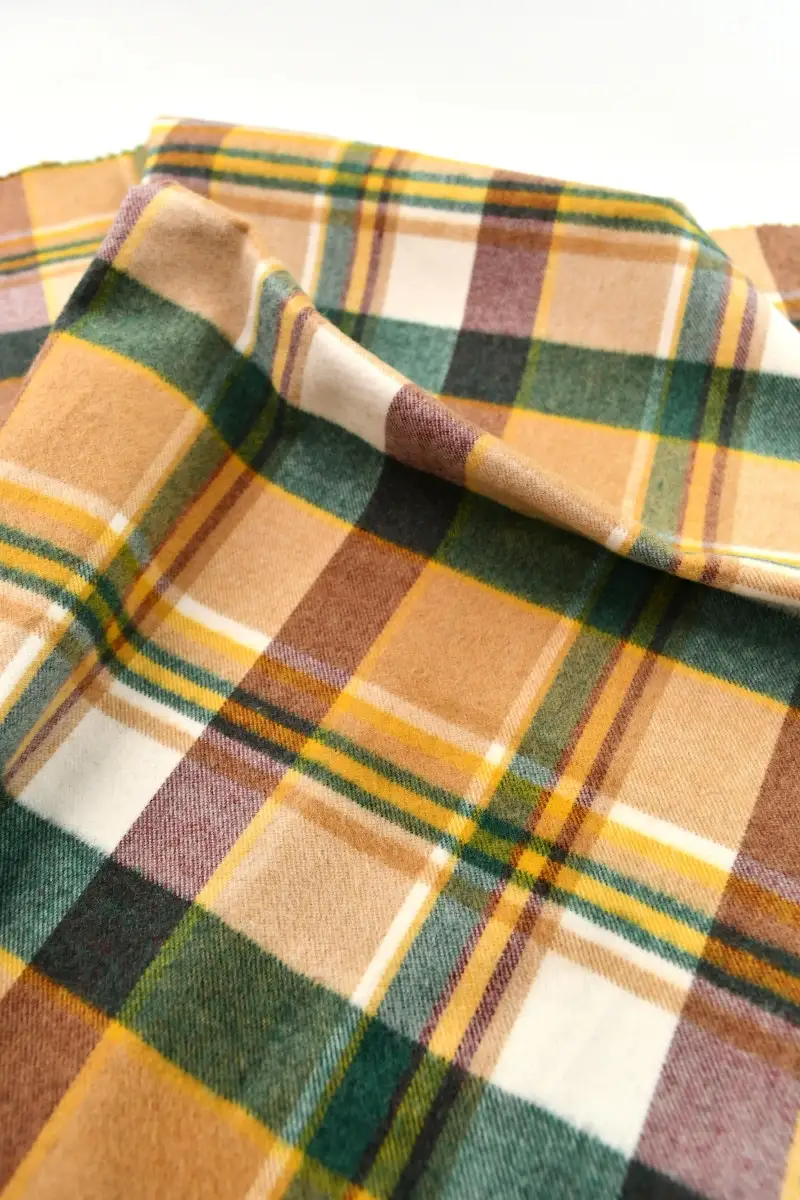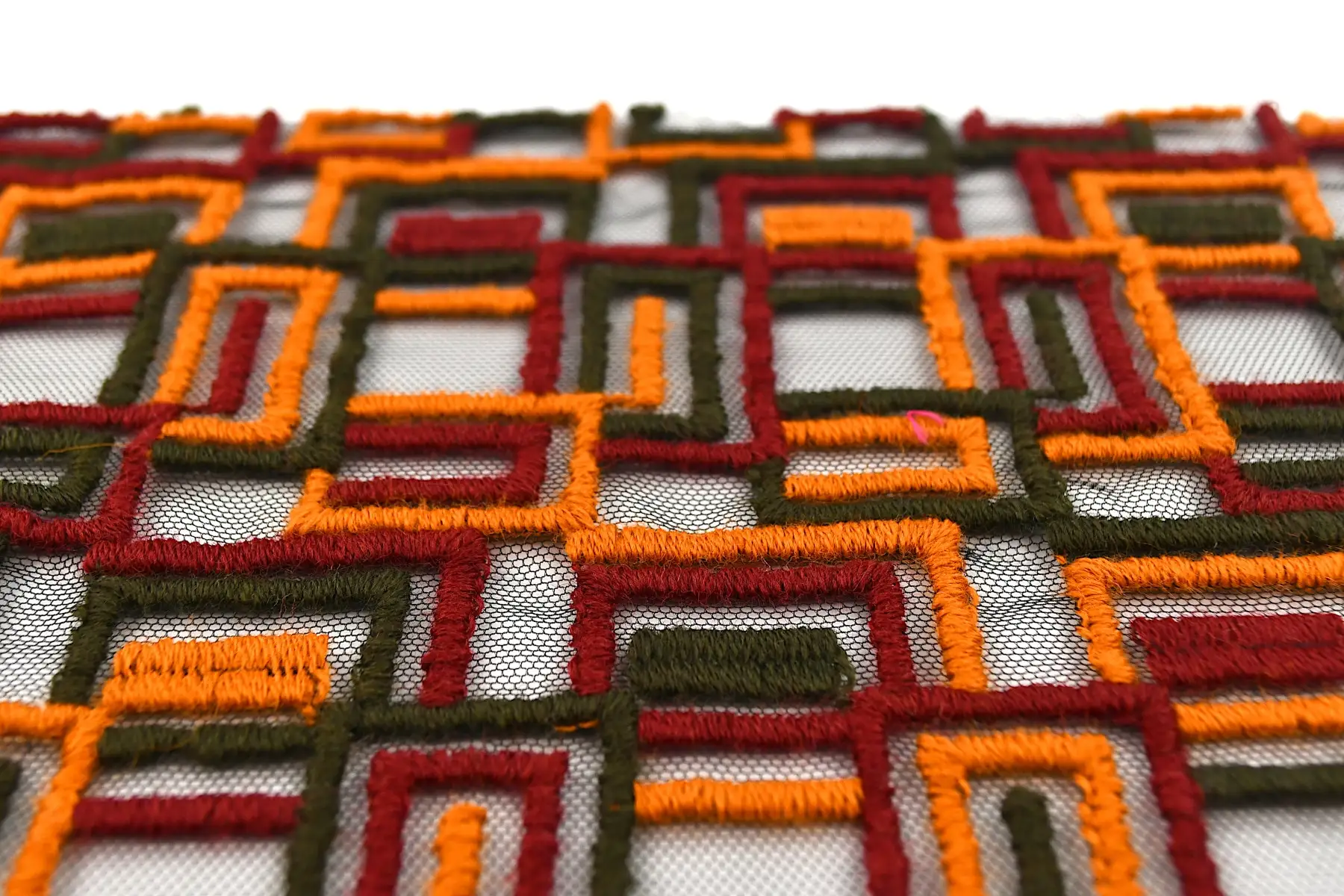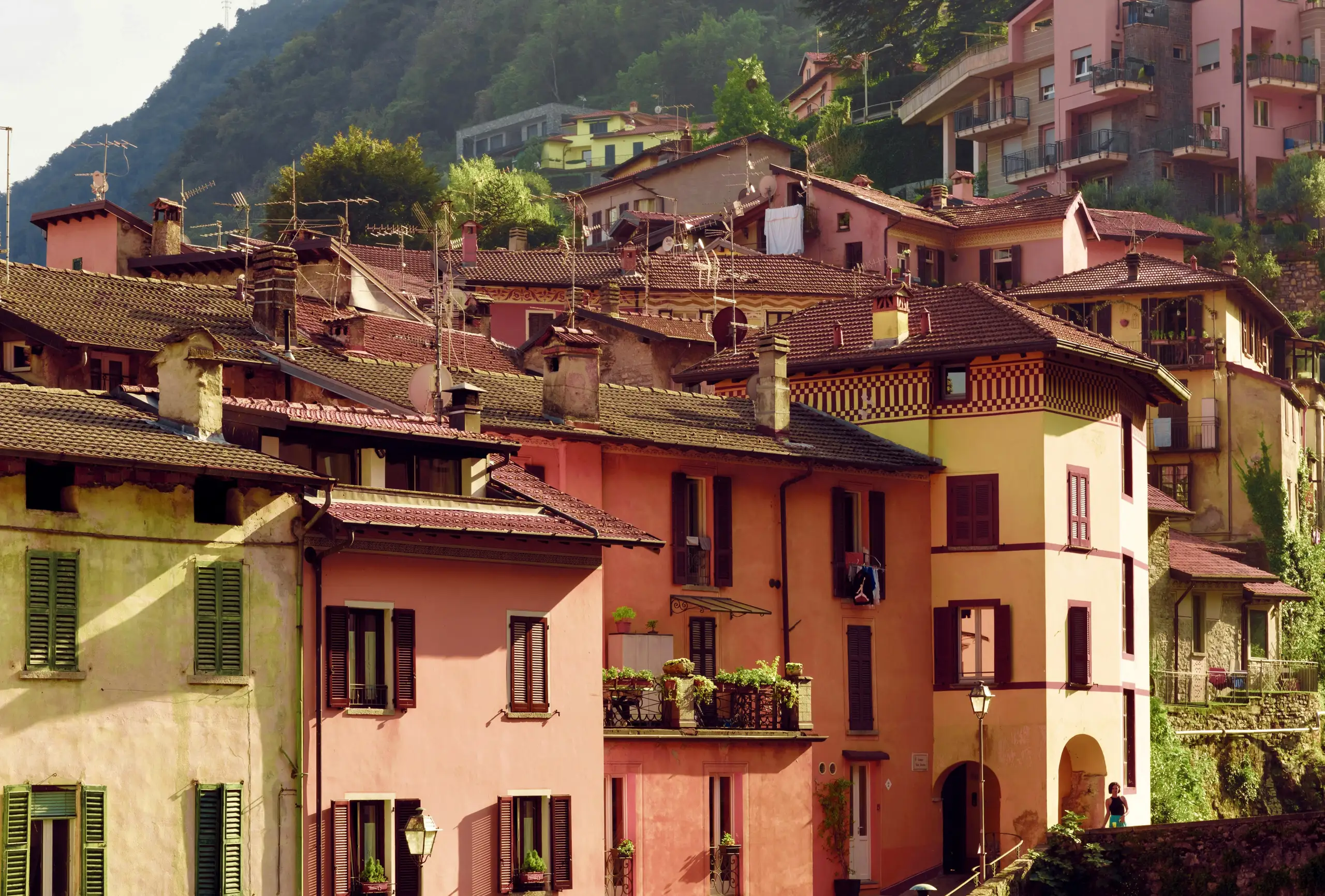Whether by the sea, nestled among the hills or perched in the mountains, we are drawn in by the charm of Italian small villages steeped in character: tight cobbled alleyways, ancient stone walls weathered by time, and cheerful colorful houses. In the heart of the vegetation, a small cluster of houses fades from deep pink to beige, painting and decorating the canvas by Umberto Lenzi, while the woven fibres by Titanus wool blend bring to life a little lane framed by ancient and captivating rustic walls. As we walk on, the alley narrows and we find ourselves embraced by two walls in the same ochre yellow as the virgin wool by Mehler Lodenfabrik. A little further on, the soft beige tones captured by the virgin wool by Lanificio Luigi Zanieri evoke a street lined with faded walls, smoothed by centuries of history. As we walk, we look up and are surprised by buildings leaning against one another, their pinkish hues reminiscent of the soft jersey by Maglificio Ripa. Just around the corner, the wool and viscose weave by Estethia G.B. Conte – Marzotto Group seems to reflect the walls adorned with the occasional shrub, leading us up a gentle slope with a few steps. As we climb, a small glimpse of a hilly landscape opens up before us, surrounded by yellowish walls and a cobbled path of sampietrini, tracing the jacquard motif by Impresa Tessile. The elegance of the cashmere and wool check by Vitale Barberis Canonico conjures an intimate corner of the village, with grey stone, dark shutters, and a haunting silence. Elsewhere, a cheerful light green façade is interrupted by three rows of shutters, bringing to life the tartan by Thomas Mason as a play of contrast, order, and colour. Finally, the geometric embroidery by Tessilidea captures the essence of this enchanted place: a village in perfect balance between past and present, where vibrant modern houses conceal the ancient soul of stone walls.
Concept & editing by Zoom on Fashion Trends magazine
